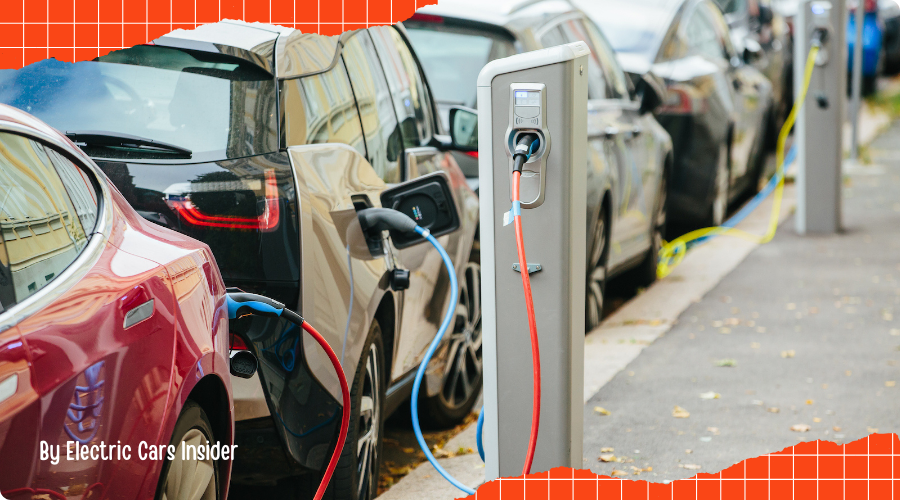The pace of innovation in electric vehicle (EV) battery technology is not just accelerating, it’s reshaping the landscape of automotive engineering. This article delves into the latest breakthroughs in battery technology and management systems, illustrating how these innovations are paving the way for a more sustainable and efficient future in transportation.
Advanced Battery Chemistry and Design
At the core of recent advancements in EV technology lies the development of new battery chemistries and structures. These innovations extend beyond mere improvements, revolutionizing how electric vehicles perform and interact with energy systems.
Solid-State Batteries: The New Frontier
Leading the charge in battery innovation are solid-state batteries, known for their potential to significantly boost energy density and safety. These batteries utilize a solid electrolyte, which not only mitigates the risk of fire but also allows for more compact cell designs. The implications for EVs include longer driving ranges and substantially shorter charging times—factors that could eliminate current limitations of electric vehicles.
Lithium-Silicon Technology
Another promising development is the integration of silicon in lithium-ion batteries. Silicon anodes are known to hold up to ten times more charge than traditional graphite anodes. The challenge has been the material’s tendency to expand and degrade quickly. However, recent advancements in material science have led to new composites that stabilize silicon, enhancing the lifespan and performance of these batteries.
Innovative Charging Solutions
To support the widespread adoption of electric vehicles, significant improvements in charging infrastructure and technology are crucial. Innovations in this area not only cater to current EV owners but also make the prospect of switching to electric more appealing to potential buyers.
Ultra-Fast Charging Stations
Emerging technologies in fast charging are reducing the time it takes to recharge an EV dramatically. Developments in ultra-fast charging stations promise to recharge EV batteries to 80% capacity within 15 to 20 minutes, rivaling the time it takes to refuel a traditional car with gasoline. This is a pivotal improvement for long-distance travel and commercial vehicle use.
Wireless Charging Systems
The advent of wireless, or inductive, charging systems is set to simplify the EV charging experience. By eliminating the need for cables and plugs, wireless systems provide an unmatched convenience, potentially integrating charging panels into public spaces like parking lots and roads, where vehicles can charge automatically while parked or in motion.
Sustainability and Recycling Initiatives
The environmental impact of producing and disposing of EV batteries is a growing concern. As the market for electric vehicles expands, so does the importance of sustainable practices in every part of the lifecycle of a battery.
Revolutionizing Battery Recycling
New methods in battery recycling are being developed to ensure that valuable materials such as lithium, cobalt, and nickel can be effectively recovered and reused. These processes not only support the environmental goals of EV technology but also help in reducing the costs associated with raw material extraction for new batteries.
Second-Life Applications for EV Batteries
As EV batteries reach the end of their automotive useful life, they are increasingly being repurposed for second-life applications. These applications, such as stationary energy storage systems, can utilize the remaining capacity of EV batteries to store renewable energy, thereby extending the overall lifespan and value of the batteries.
Looking Toward a Greener Future
The trajectory of electric vehicle technology is clear. With each breakthrough in battery technology and each advancement in sustainable practices, the goal of replacing fossil fuel-dependent vehicles becomes more achievable. The next decade will likely see electric vehicles becoming not just a standard option but the preferred choice for transportation, underpinned by the continued evolution of battery technology.
The Role of Global Collaboration
The global nature of the automotive industry means that collaboration across countries and continents will be essential in standardizing technologies and practices. International cooperation can help align technical standards, trade policies, and environmental goals, ensuring the universal advancement and acceptance of electric vehicle technology.
Conclusion
The innovations in electric vehicle battery technology are more than just technical advancements; they are the keystones of the future of transportation. As we move forward, these innovations will continue to drive not only the automotive industry but also global efforts towards a more sustainable, efficient, and interconnected world.

